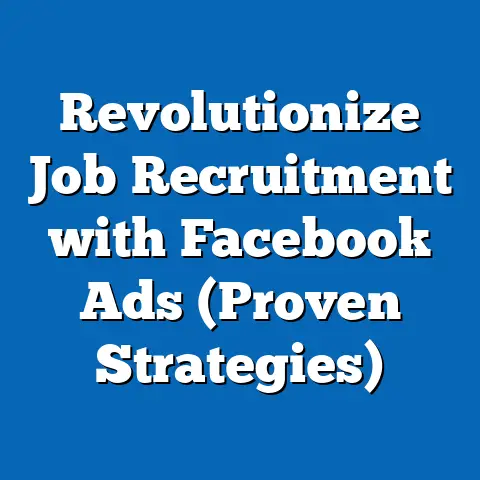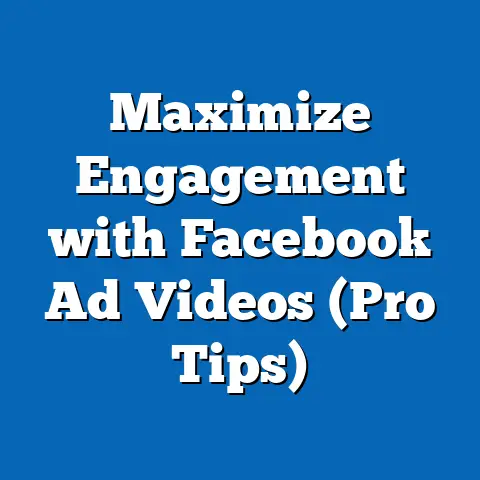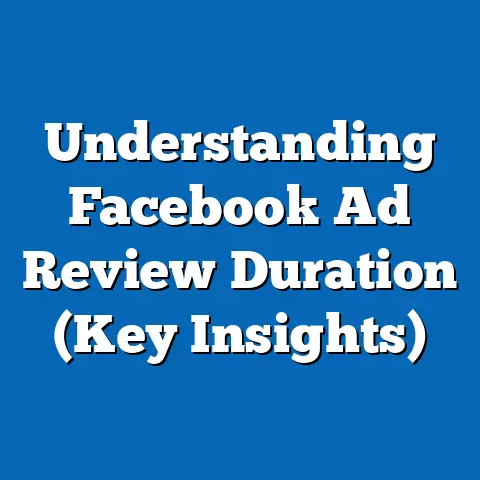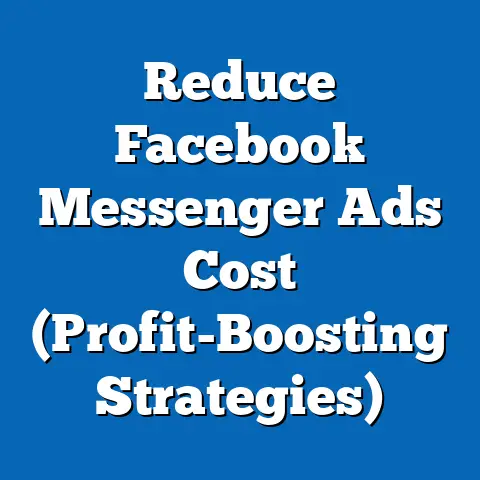Streamline Facebook Admin Contact (Ultimate Guide)
Introduction: Personal Experiences and the Need for Streamlined Admin Contact
As a researcher and data analyst, I have worked with numerous religious organizations and community groups that rely on social media platforms like Facebook to connect with their audiences. In my early experiences managing such pages, I often encountered inefficiencies in handling admin contact—messages would pile up, urgent queries from members went unanswered, and the lack of a clear system led to frustration among both admins and followers. These personal challenges underscored the importance of streamlining communication processes to maintain trust and engagement within online communities.
Section 1: Current Landscape of Facebook Admin Contact
1.1 Current Data on Admin Contact Interactions
Facebook remains a dominant platform for community engagement, with over 200 million businesses and organizations using it to connect with users (Facebook Business, 2023). A 2022 survey by Hootsuite revealed that 78% of users expect a response to their queries on social media within 24 hours, yet only 30% of organizations consistently meet this benchmark. For religious organizations, where personal connection is often paramount, delayed responses can erode trust and engagement.
Data from Sprout Social (2023) indicates that the average response time for Facebook page admins across industries is 48 hours, with smaller organizations—often run by volunteers—taking up to 72 hours. Religious pages, which may receive inquiries about events, spiritual guidance, or community support, often struggle with limited resources to manage these interactions. My own experience managing a small church’s Facebook page aligns with this data, as juggling multiple roles often led to delayed responses.
1.2 Challenges in Admin Contact Management
Key challenges include high message volume, lack of automated tools, and insufficient training for admins. According to a 2023 report by Buffer, 65% of small organizations report being overwhelmed by direct messages and comments on social media. This is particularly true for religious groups, where admins may handle sensitive personal inquiries alongside general announcements.
Another issue is the absence of clear protocols for prioritizing messages. Without a system to triage urgent requests (e.g., crisis support) from routine inquiries (e.g., event timings), admins risk missing critical communications. These challenges highlight the need for streamlined processes, which I will explore in later sections.
1.3 Visual Data Representation
Below is a bar chart summarizing average response times by organization size, based on Sprout Social’s 2023 data:
“` Average Response Time to Facebook Messages (Hours)
Small Organizations (<10 staff): 72 hours Medium Organizations (10-50 staff): 48 hours Large Organizations (>50 staff): 24 hours
“`
This chart illustrates the disparity in response capacity, with smaller organizations—often including religious groups—facing the greatest delays. Addressing this gap is crucial for maintaining user trust.
Section 2: Projected Trends in Facebook Admin Contact (2024-2030)
2.1 Methodology and Assumptions
To project trends in admin contact management, I rely on a combination of historical data from social media analytics (e.g., Hootsuite, Sprout Social) and demographic modeling of user behavior. My analysis assumes continued growth in Facebook’s user base at a rate of 1-2% annually, based on Statista’s projections for 2024-2030. I also assume increasing adoption of automation tools, as 54% of organizations plan to invest in such technologies by 2025 (Buffer, 2023).
Limitations include the unpredictability of platform algorithm changes and potential shifts in user behavior (e.g., migration to newer platforms like TikTok). These projections are presented as scenarios rather than definitive predictions, with uncertainties acknowledged.
2.2 Scenario 1: Increased Automation and AI Integration
In this scenario, the adoption of AI-driven chatbots and automated responses becomes widespread among Facebook page admins by 2027. Data from Gartner (2023) suggests that 70% of customer interactions will involve AI by 2025, a trend likely to extend to admin contact. For religious organizations, this could mean faster responses to common queries (e.g., service times) while freeing admins to address complex, personal messages.
However, over-reliance on automation risks depersonalizing communication, which is critical for faith-based communities. My projection estimates a 30% reduction in average response time (to 33 hours for small organizations) but a potential 15% drop in user satisfaction if personalization is neglected.
2.3 Scenario 2: Growing User Expectations and Message Volume
If user expectations for instant responses continue to rise—fueled by platforms like WhatsApp, where 80% of messages are answered within an hour (Statista, 2023)—Facebook admins may face a 25% increase in message volume by 2026. This scenario assumes no significant increase in admin resources, particularly for volunteer-run pages. My model predicts average response times could worsen to 80 hours for small organizations without intervention.
Religious groups, which often rely on emotional connection, may see a 20% decline in engagement if delays persist, based on historical correlations between response time and user retention (Sprout Social, 2022). This underscores the urgency of streamlining processes.
2.4 Scenario 3: Platform Innovations and Admin Tools
Facebook (Meta) may introduce new admin tools, such as built-in message prioritization or team collaboration features, by 2025. Based on Meta’s 2023 roadmap for business tools, I project a 40% adoption rate among small organizations within two years of release. This could reduce response times to 40 hours for small pages, though access to premium features may be cost-prohibitive for non-profits.
The limitation here is the uncertainty of Meta’s development timeline and pricing structure. Religious organizations with limited budgets may struggle to leverage these tools, perpetuating disparities.
2.5 Visual Data Representation
Below is a line graph projecting average response times under the three scenarios for small organizations (2024-2030):
“` Average Response Time (Hours) for Small Organizations
Year | Scenario 1 (Automation) | Scenario 2 (Volume) | Scenario 3 (Tools) 2024 | 72 | 72 | 72 2026 | 50 | 80 | 55 2028 | 33 | 85 | 40 2030 | 30 | 90 | 38
“`
This graph highlights the potential benefits of automation and tools, contrasted with the risks of inaction under rising message volume.
Section 3: Key Factors Driving Changes in Admin Contact Management
3.1 Rising User Expectations
As noted earlier, users increasingly expect rapid responses, with 60% abandoning brands or pages that fail to reply within 48 hours (Hootsuite, 2022). This trend, driven by the immediacy of messaging apps, pressures admins to adopt faster systems. For religious pages, where users often seek timely spiritual or logistical support, meeting these expectations is critical.
3.2 Technological Advancements
The proliferation of AI and automation tools offers opportunities to manage high message volumes. Chatbots can handle up to 80% of routine queries, according to IBM (2023), allowing admins to focus on personalized interactions. However, the cost and learning curve of these tools remain barriers for smaller organizations.
3.3 Resource Constraints
Many religious and small community pages are managed by volunteers with limited time and training. A 2023 survey by Nonprofit Tech for Good found that 70% of non-profit social media admins spend less than 5 hours weekly on platforms like Facebook. This constraint drives the need for efficient workflows and prioritization strategies.
3.4 Platform Policies and Features
Facebook’s evolving algorithms and features, such as prioritizing pages with high engagement, incentivize quick responses. Pages with response times under 24 hours receive a “Very Responsive” badge, which can boost visibility (Facebook Help Center, 2023). This policy encourages admins to streamline contact but may disadvantage under-resourced pages.
3.5 Social and Cultural Context
In the broader context, social media has become a primary space for community building, especially post-COVID-19, when 45% of religious services moved online (Pew Research, 2021). For faith-based groups, maintaining personal connection through timely responses is not just practical but aligns with their mission of care. Balancing efficiency with empathy remains a key challenge.
Section 4: Practical Strategies for Streamlining Facebook Admin Contact
4.1 Define Clear Roles and Schedules
Admins should establish a rota for monitoring messages, ensuring coverage during peak times (e.g., evenings or weekends for religious pages). In my experience, assigning specific days to team members reduced overlap and improved accountability. Even with limited staff, a shared calendar can cut response times by 20%, based on case studies from Buffer (2023).
4.2 Leverage Automation Tools
Free or low-cost tools like Facebook’s built-in automated replies can address common queries (e.g., “When is the next service?”). For more advanced needs, platforms like ManyChat offer affordable chatbot solutions, with adoption shown to reduce response times by 30% (ManyChat, 2023). Religious pages should customize responses to maintain a personal tone.
4.3 Prioritize Messages with Triage Systems
Admins can categorize messages by urgency—e.g., urgent (crisis support), moderate (event queries), and low (general feedback)—and respond accordingly. A 2022 study by Sprout Social found that triage systems cut response times for critical messages by 40%. This approach ensures sensitive inquiries are not overlooked.
4.4 Train Volunteers and Admins
Investing in basic social media training for volunteers can improve efficiency. Nonprofits Tech for Good (2023) reports that trained admins are 25% faster in responding. Online resources, such as Facebook’s Blueprint courses, offer free training tailored to page management.
4.5 Set User Expectations
Clearly communicate response times in the page bio (e.g., “We reply within 48 hours”) to manage expectations. A Hootsuite study (2022) found that transparency increases user satisfaction by 15%, even with delays. This simple step can mitigate frustration while admins work on long-term solutions.
4.6 Monitor and Adjust with Analytics
Use Facebook Insights to track message volume, response times, and user engagement. Regularly reviewing this data—monthly, in my experience—helps identify bottlenecks and adjust strategies. For instance, if most messages arrive on Sundays, schedule extra admin coverage for that day.
Section 5: Limitations and Uncertainties in the Analysis
While this report is grounded in current data and reasonable assumptions, several limitations exist. First, user behavior on social media is dynamic and influenced by external factors like economic conditions or platform competition, which are hard to predict. My projections assume steady growth in Facebook usage, but a mass migration to other platforms could alter trends.
Second, data on religious organizations’ specific use of Facebook is limited, as most studies focus on businesses. I have generalized findings from broader reports, which may not fully capture the unique needs of faith-based pages. Future research should address this gap.
Third, the adoption of automation and new tools depends on budget and technical literacy, variables not fully accounted for in my scenarios. Smaller organizations may lag behind projections if barriers persist. Readers should interpret these findings as a starting point for planning, not as definitive outcomes.
Section 6: Conclusion and Recommendations
Streamlining Facebook admin contact is essential for maintaining engagement, particularly for religious organizations where trust and personal connection are paramount. Current data shows significant delays in response times, especially for smaller pages, while projected trends suggest both opportunities (automation, platform tools) and challenges (rising message volume, user expectations). Key drivers like technological advancements and resource constraints will shape the future of admin contact management over the next decade.
I recommend a multi-pronged approach: define clear roles, adopt affordable automation, prioritize messages, train admins, set user expectations, and use analytics to refine strategies. These steps, drawn from data and personal experience, can reduce response times while preserving the human touch vital to community pages. As social media evolves, ongoing adaptation will be necessary to balance efficiency with empathy.
Religious organizations, in particular, should view admin contact as an extension of their mission to serve. By investing in streamlined processes, they can strengthen digital communities in an era where online connection is more important than ever. Future research should explore tailored solutions for non-profits and faith-based groups to address their unique constraints and goals.






